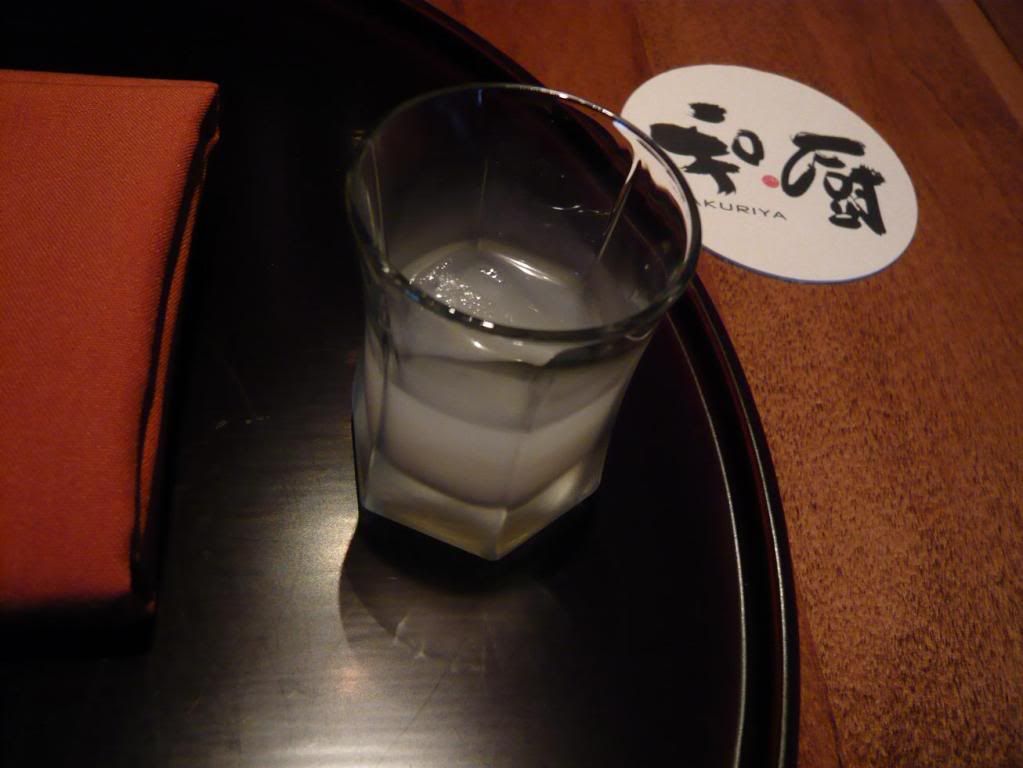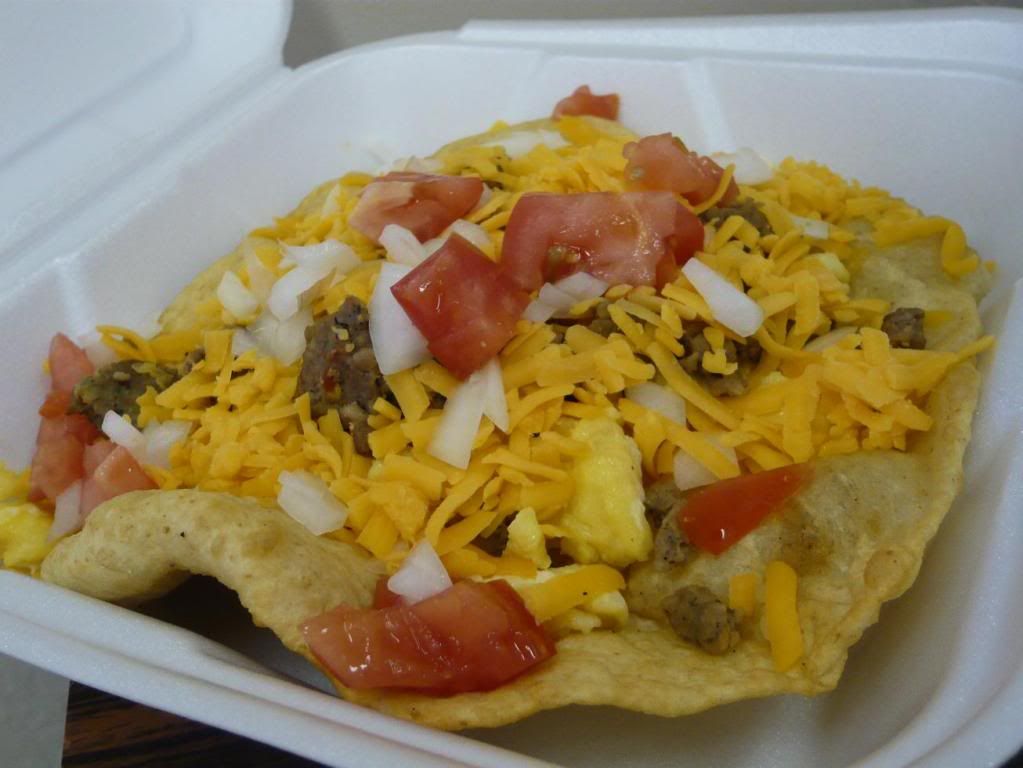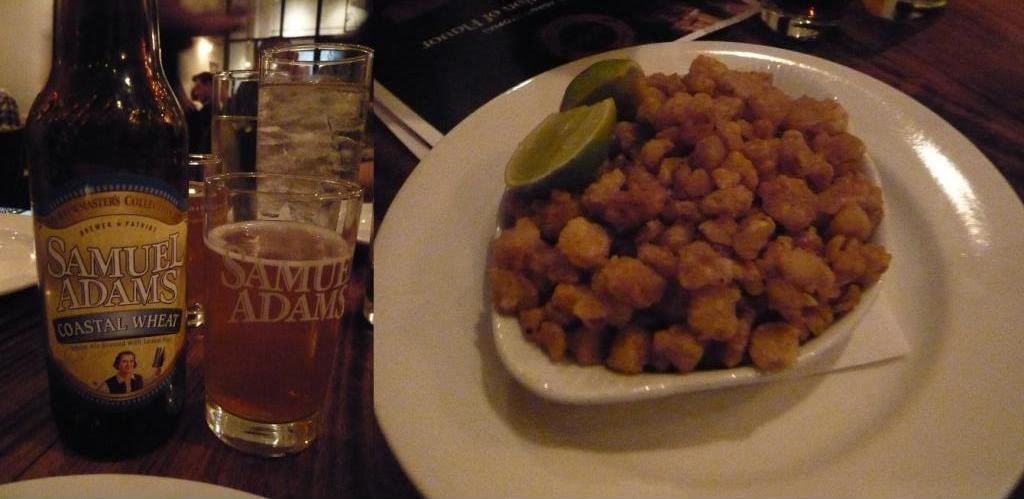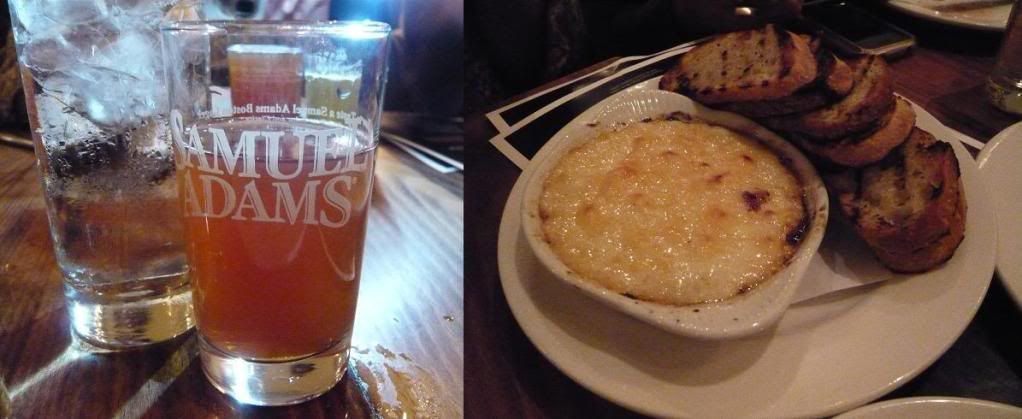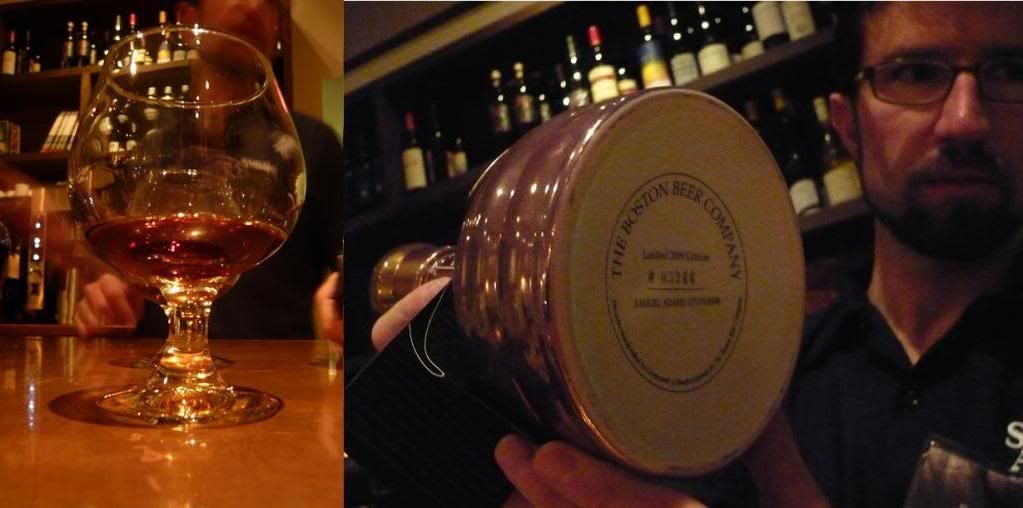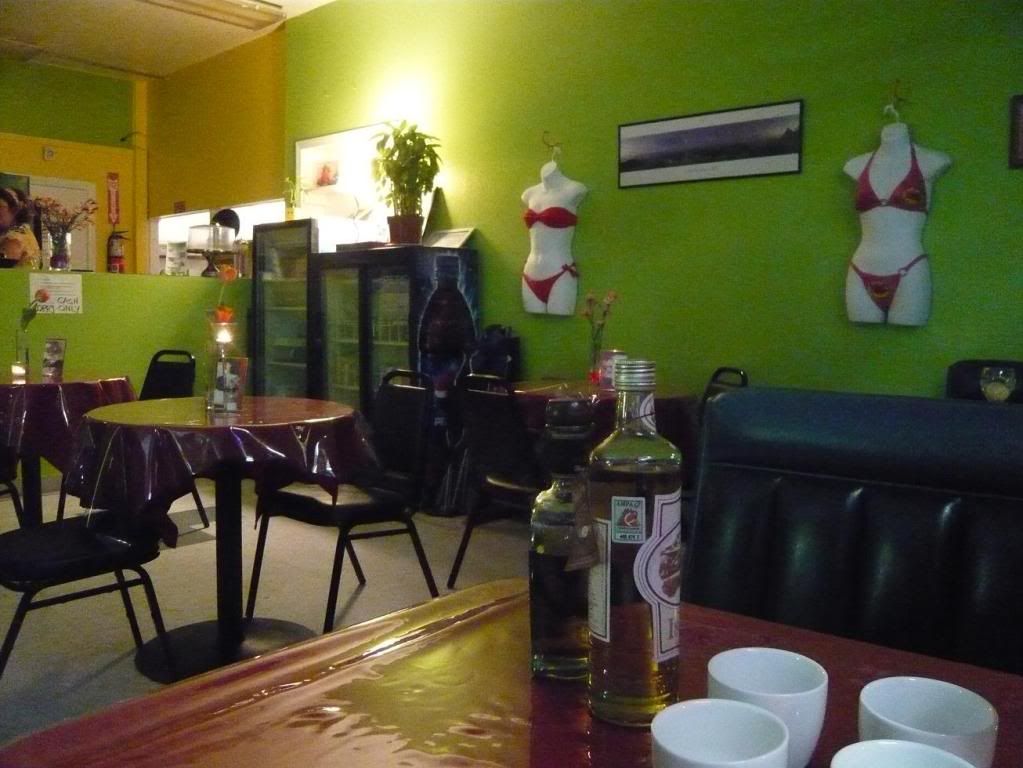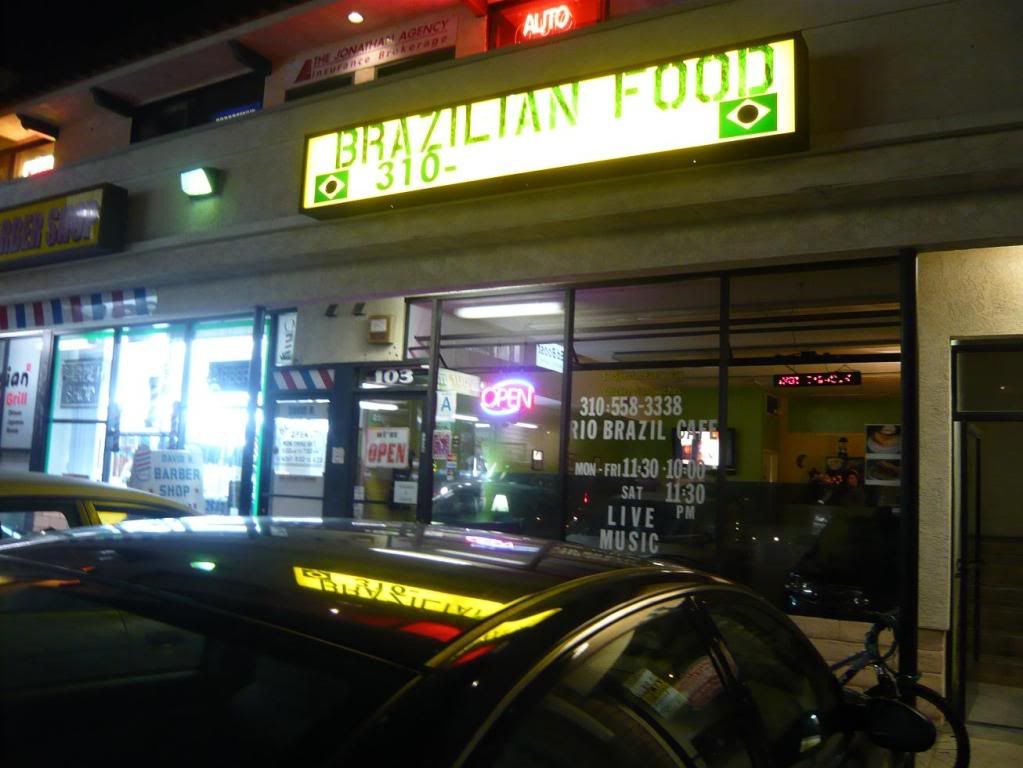Get Ready, Ludobites is Back.
Ludobites is back for another limited engagement, this time at the first maid cafe this side of the world, Royal/T (and yep, some old faces from the previous Ludobites may be wearing maid outfits serving you). A group of bloggers were lucky enough to get a sneak preview the night before the opening, all thanks to the Fooddigger team!
- Why we love Fooddigger:
- Why we love Ludo's wife, Krissy:
- Why we love Ludo (9 reasons below):
 The raw scallops were slightly cooked with the addition of the hot brown butter. The scallops were fresh and delicate, with a nice tartness from the pineapple. The black powder was really made from squid ink and added an interesting texture to the dish.
The raw scallops were slightly cooked with the addition of the hot brown butter. The scallops were fresh and delicate, with a nice tartness from the pineapple. The black powder was really made from squid ink and added an interesting texture to the dish.2. Bread Soup with Gruyere Marshmallow
 Who thinks of things like "bread soup"? Ludo does, apparently. Bypasses the need to dip bread into your soup I suppose? Either way, this creamy soup made from Breadbar's Rustic Bread, paired with the poached egg is the perfect warm bowl for a cold night.
Who thinks of things like "bread soup"? Ludo does, apparently. Bypasses the need to dip bread into your soup I suppose? Either way, this creamy soup made from Breadbar's Rustic Bread, paired with the poached egg is the perfect warm bowl for a cold night.3. Foie Gras Beignet, Celery Roots Remoulade
 The deep fried beignet is glazed with honey and holds 2 oz of foie gras inside. The most indulgent of indulgence, the richness of 2 oz of foie gras will knock you out. The beignet itself acts as a container for all the juice and moisture that comes out of the foie as they're cooking in the deep fryer. You're going to need that honey and celery root to cut all the richness.
The deep fried beignet is glazed with honey and holds 2 oz of foie gras inside. The most indulgent of indulgence, the richness of 2 oz of foie gras will knock you out. The beignet itself acts as a container for all the juice and moisture that comes out of the foie as they're cooking in the deep fryer. You're going to need that honey and celery root to cut all the richness.4. Squid, Chorizo Oil, Kimchi Puree, Red Onions, and Eggplant Paper
 A perfectly cooked squid with a texture like no other and a delicateness that's accentuated by the spicy kimchi puree and chorizo oil acting as both flavor and texture enhancer. The red onion added a slight tartness the brings the dish to yet another level while we were all marveling over how to make that thin eggplant paper.
A perfectly cooked squid with a texture like no other and a delicateness that's accentuated by the spicy kimchi puree and chorizo oil acting as both flavor and texture enhancer. The red onion added a slight tartness the brings the dish to yet another level while we were all marveling over how to make that thin eggplant paper.5. Veal, Udon, Kombu Dashi, Mushrooms & Sesame Seed Miso
 A lovely udon. It surprised me the Ludo can make a bowl of udon like this. The noodles had a nice chewy texture and the flavors of the tender veal and the kombu dashi hit the spot as a great umami flavor should.
A lovely udon. It surprised me the Ludo can make a bowl of udon like this. The noodles had a nice chewy texture and the flavors of the tender veal and the kombu dashi hit the spot as a great umami flavor should.6. Wild Striped Bass, Garden Vegetables, Aioli
 A return to classical French cooking with the tender and moist fish. The highlight here is the combination with the aioli and crisp cauliflower.
A return to classical French cooking with the tender and moist fish. The highlight here is the combination with the aioli and crisp cauliflower.7. Marinated Hanger Steak, Crunchy Escargot, Baby Corn, Bok Choy, Black Olive Mole
 It was less than 2 weeks ago that Ludo learnt the art of mole making from Glutster's mom and already here he is blowing us away with his creamy and flavorful black olive mole that elevates the flavorful and tender hanger steak. The escargots are crunchy on the outside and chewy inside - simply addicting.
It was less than 2 weeks ago that Ludo learnt the art of mole making from Glutster's mom and already here he is blowing us away with his creamy and flavorful black olive mole that elevates the flavorful and tender hanger steak. The escargots are crunchy on the outside and chewy inside - simply addicting.8. Fourme D'Ambert Tourte, Red Pears, Honey-Balsamic
 The Fourme d'Ambert is a pasteurized cow's milk blue cheese that supposedly dates back to the Roman Times. Although the cheese normally has a semi-hard texture, in the tourte form it is soft and creamy. With the intense flavor of blue cheese and the warm crispy crust, this was one delightful tart. The crisp red pear and the tangy honey balsamic did well in cutting the richness, making a balanced dish.
The Fourme d'Ambert is a pasteurized cow's milk blue cheese that supposedly dates back to the Roman Times. Although the cheese normally has a semi-hard texture, in the tourte form it is soft and creamy. With the intense flavor of blue cheese and the warm crispy crust, this was one delightful tart. The crisp red pear and the tangy honey balsamic did well in cutting the richness, making a balanced dish.9. Chocolate Cake, Coconut Sorbet, Caramel Coffee
 A thick and decadent chocolate cake is paired here with a lightly sweet and cool coconut sorbet soup resulting in a clean and refreshing finish. The sprinkles of pink peppercorn on the other hand gave it that light kick that took this dessert to another level.
A thick and decadent chocolate cake is paired here with a lightly sweet and cool coconut sorbet soup resulting in a clean and refreshing finish. The sprinkles of pink peppercorn on the other hand gave it that light kick that took this dessert to another level.Yet another great meal from Ludo. We came in with high expectations and we were blown away once again. I'm certainly looking forward to my future meals here, and if you haven't made your reservation yet, they are sold out but get on the waitlist to snag those cancellations (they do have cancellations for tonight - opening night, just contact Krissy the @Frenchchefwife)!
And thanks to Brian from Fooddigger for handling all the wine pairing!
Ludobites at Royal/T
8910 Washington Blvd
Culver City, CA
http://www.ludolefebvre.com/ludo-bites/royal-t





